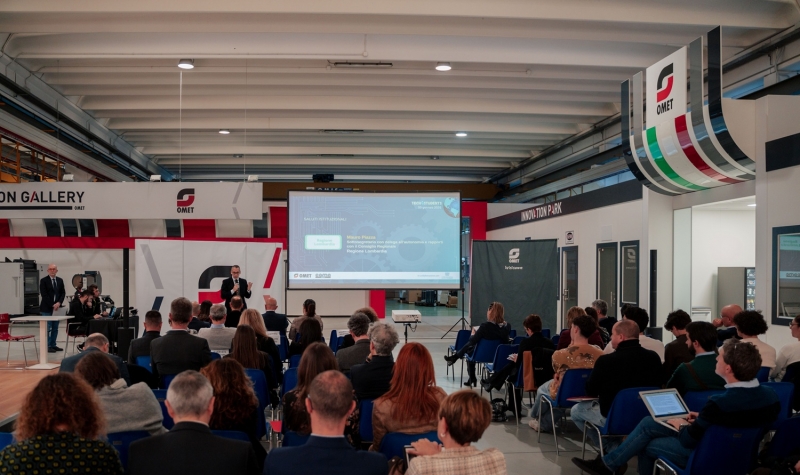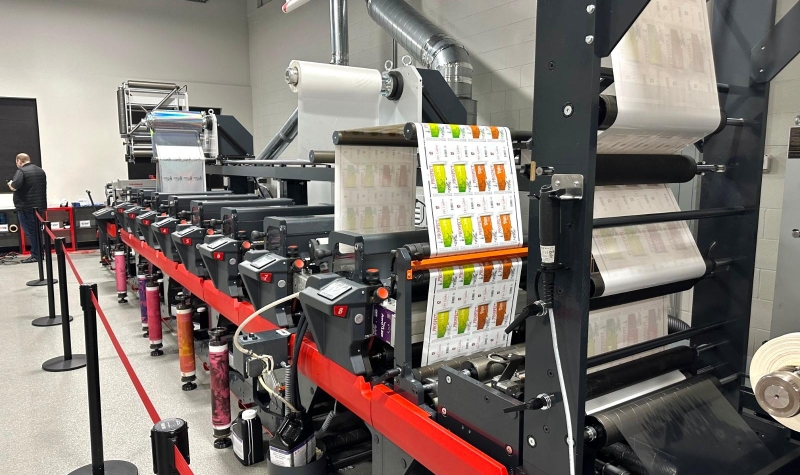
The sustainability of UV LED flexo printing: Caiani at OMET TV
“Over recent years, UV flexo technology has had a great development because it has many technical advantages, but UV LED is more sustainable because it allows greater energy savings and does not produce ozone or contain mercury”. Paolo Caiani, Technical Manager of Sun Chemical Italia, a leading international brand in the production of inks, paints and pigments for the graphic arts sector, was the special guest of the eleventh episode of OMET TV. His interview focused on the comparison between UV flexo printing and UV LED flexo printing.
“UV flexo technology integrates very well with other printing technologies such as UV offset and UV screen printing, giving manufacturers the possibility to develop combined printing machines able to work on more elaborate and complex processes, and find application in the world of narrow web labels – explains Caiani -. The technological development of machines, photopolymers and anilox allows to highlight the typical characteristics of UV flexo inks like the high coloring strength, the high printing quality, comparable to offset printing, and the stability of UV flexo inks which are not liquid and allow the use of particularly slim anilox without any risk of drying while working”.
In terms of energy saving, UVLED technology proves to be more sustainable. “Traditional UV technology is based on mercury lamps that emit ultraviolet radiation, but about 30% of the energy goes on wasted heat: this causes some problems when the machine works on heat-sensitive materials such as plastic films, because it’s necessary to cool the substrate to prevent it from deteriorating. UV LED works with diodes that emit radiation once crossed by electric current, but it’s a cold radiation, without heat dispersion and therefore without deformation of the substrate”.
Another sustainability issue is that traditional UV lamps generate ozone and are mercury-based, which therefore must be disposed of; UV LED lamps are mercury-free and don’t produce ozone.
“The UV-LED lamps, just switched on, are immediately at 100% efficiency, unlike traditional lamps which need a start-up time and cannot be switched off during breaks because, as happens for example with stadium reflectors, they must be cooled before they can start again. This means significant energy savings, also because LED lamps consume less energy on average”.
The eleventh episode of the web series conceived by OMET and conducted by Armando Garosci was published on 28 October 2021 and is visible for free on the OMET social channels and on the dedicated website (http://omet-tv.omet.com).
Watch again the interview with Paolo Caiani – OMET TV, Episode 11
https://www.youtube.com/watch?v=1sqQFjjJG9A
 is the web magazine with all news about OMET Group
is the web magazine with all news about OMET Group 





